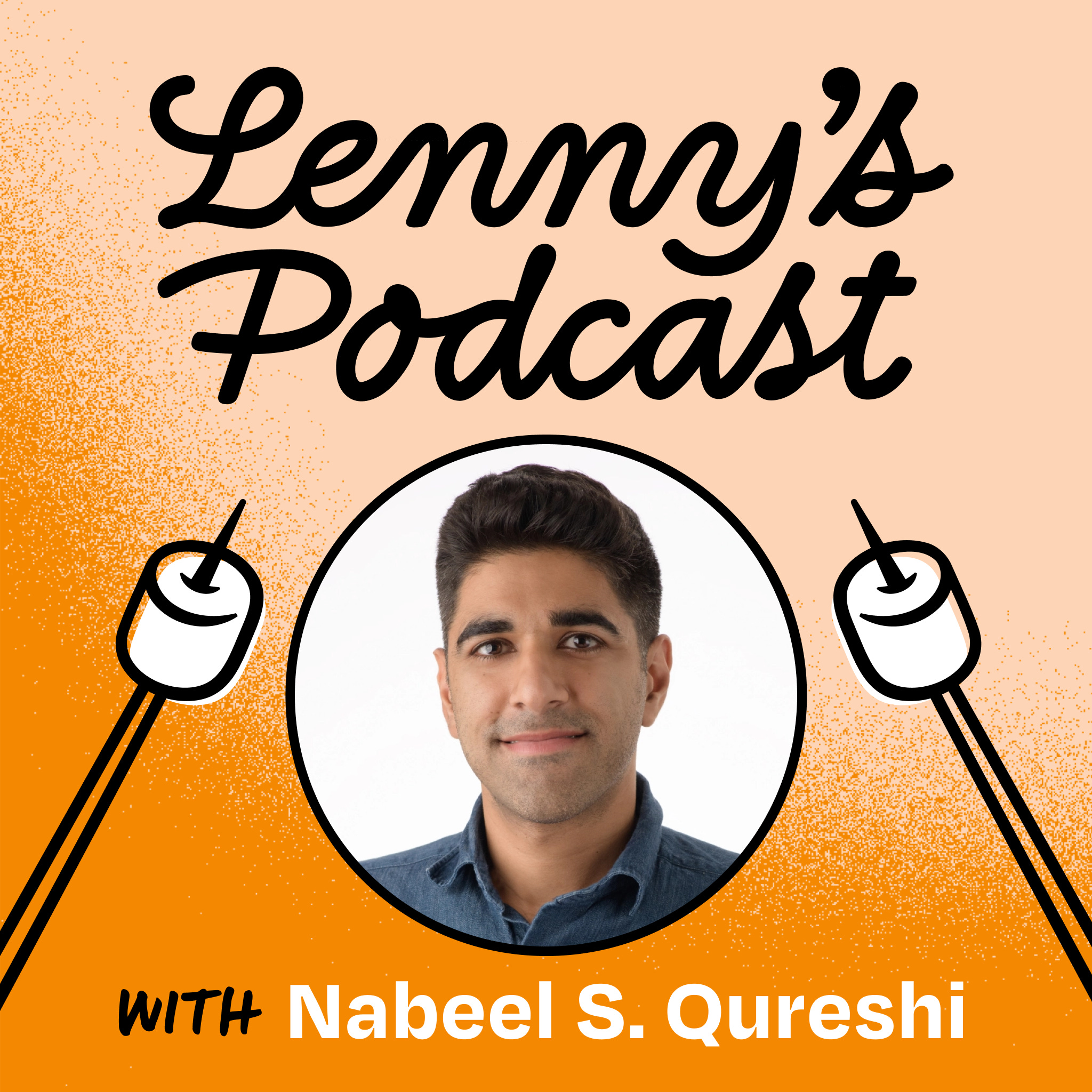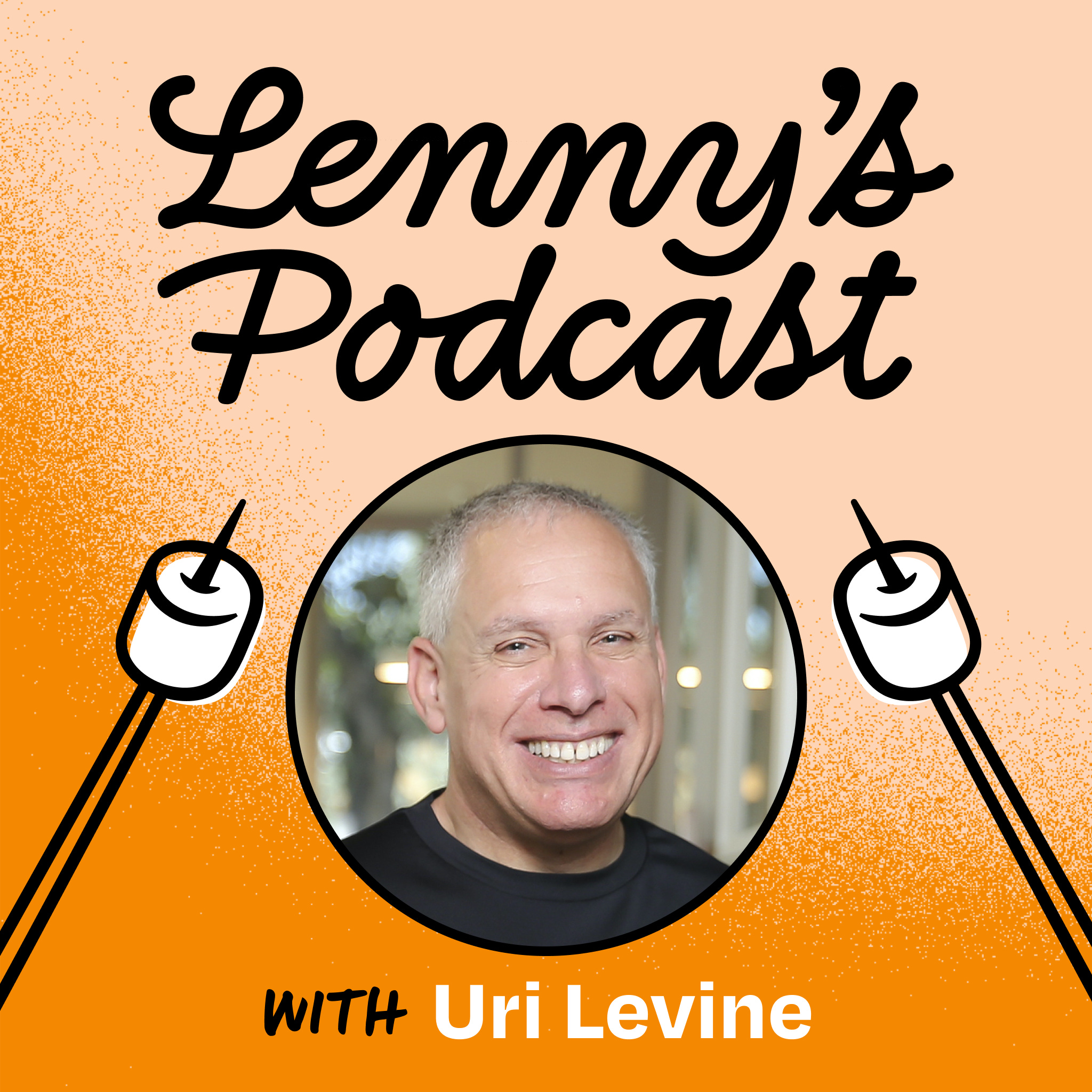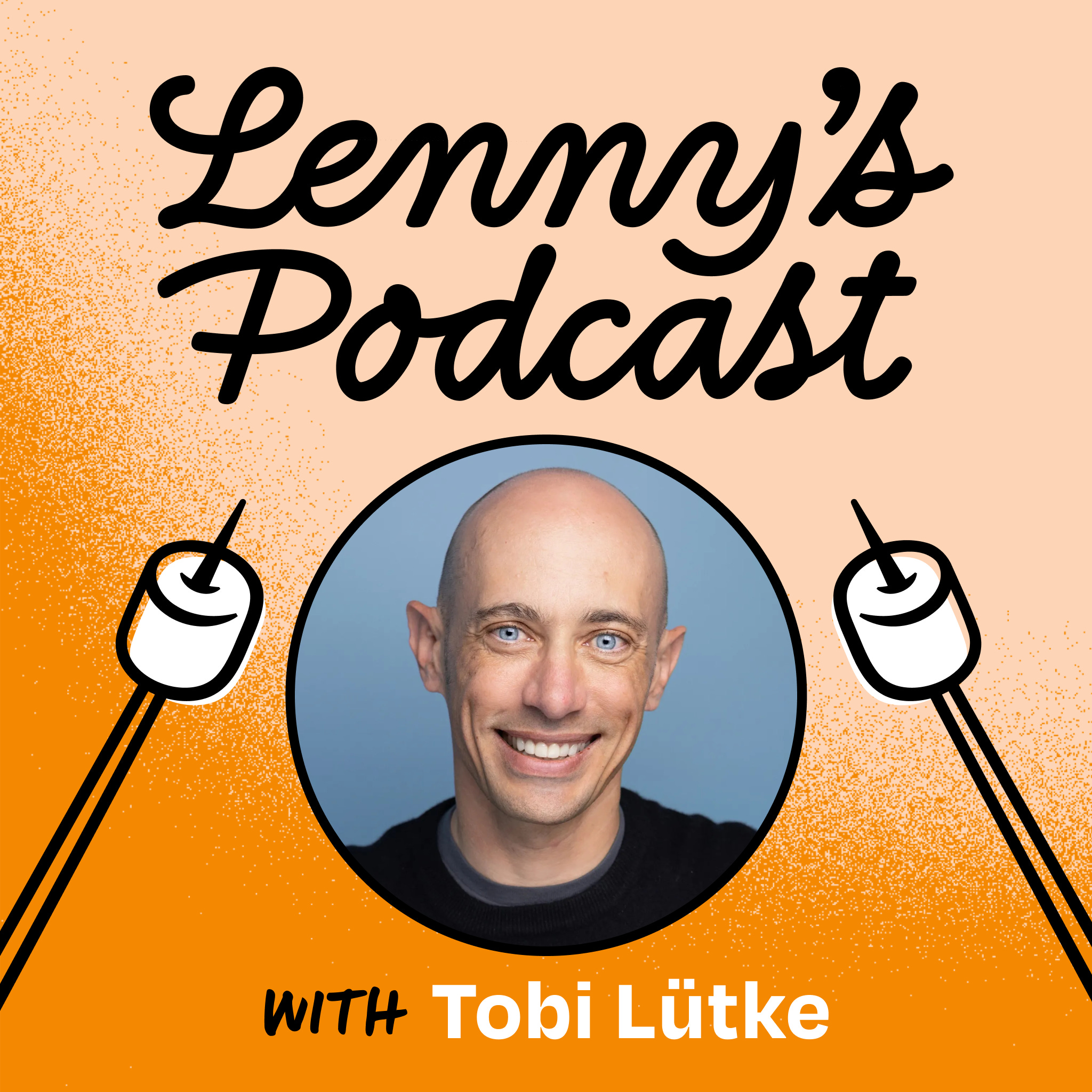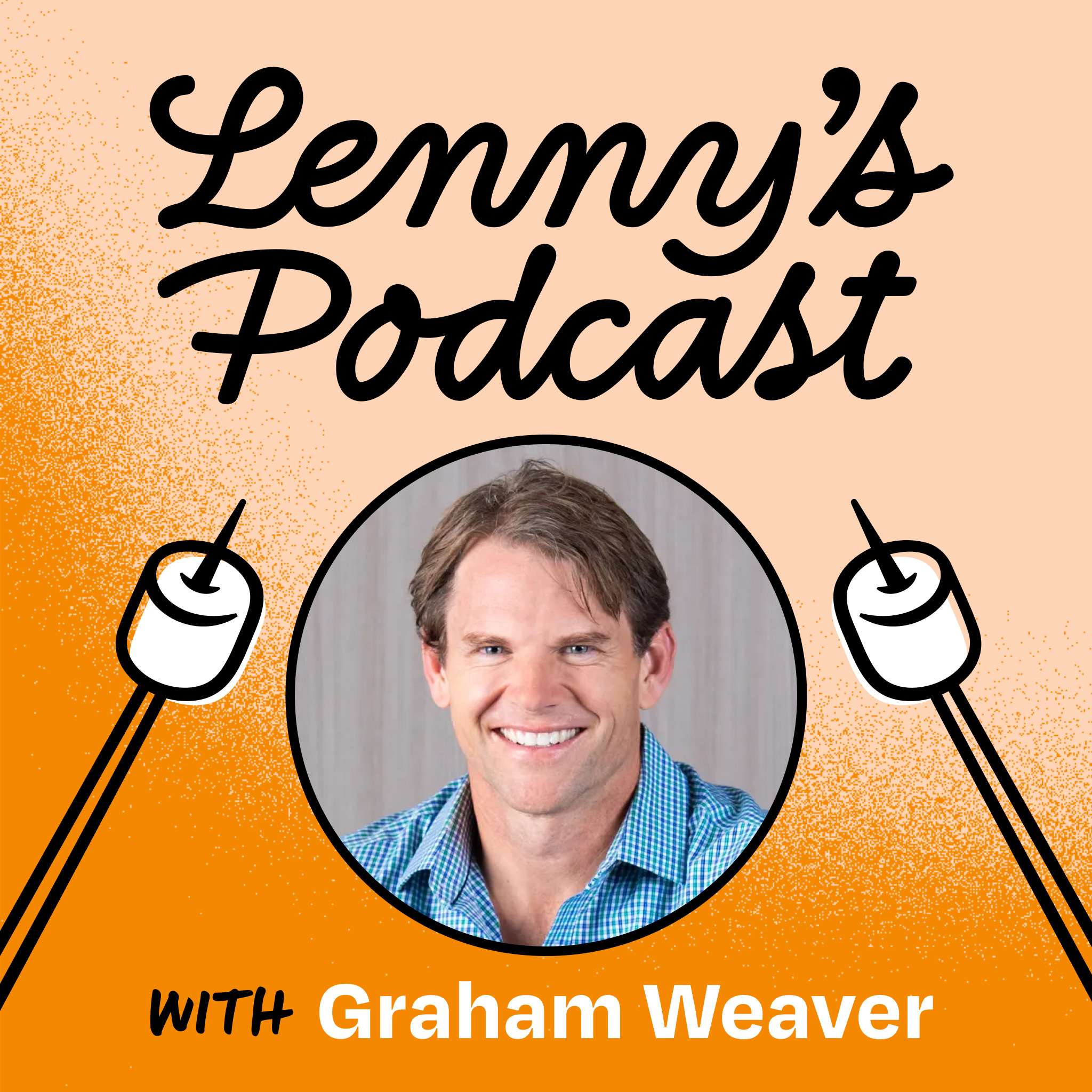
March 31, 2024 • 1hr 11min
How to speak more confidently and persuasively | Matt Abrahams (professor, podcast host, author, speaker)
Lenny's Podcast: Product | Growth | Career
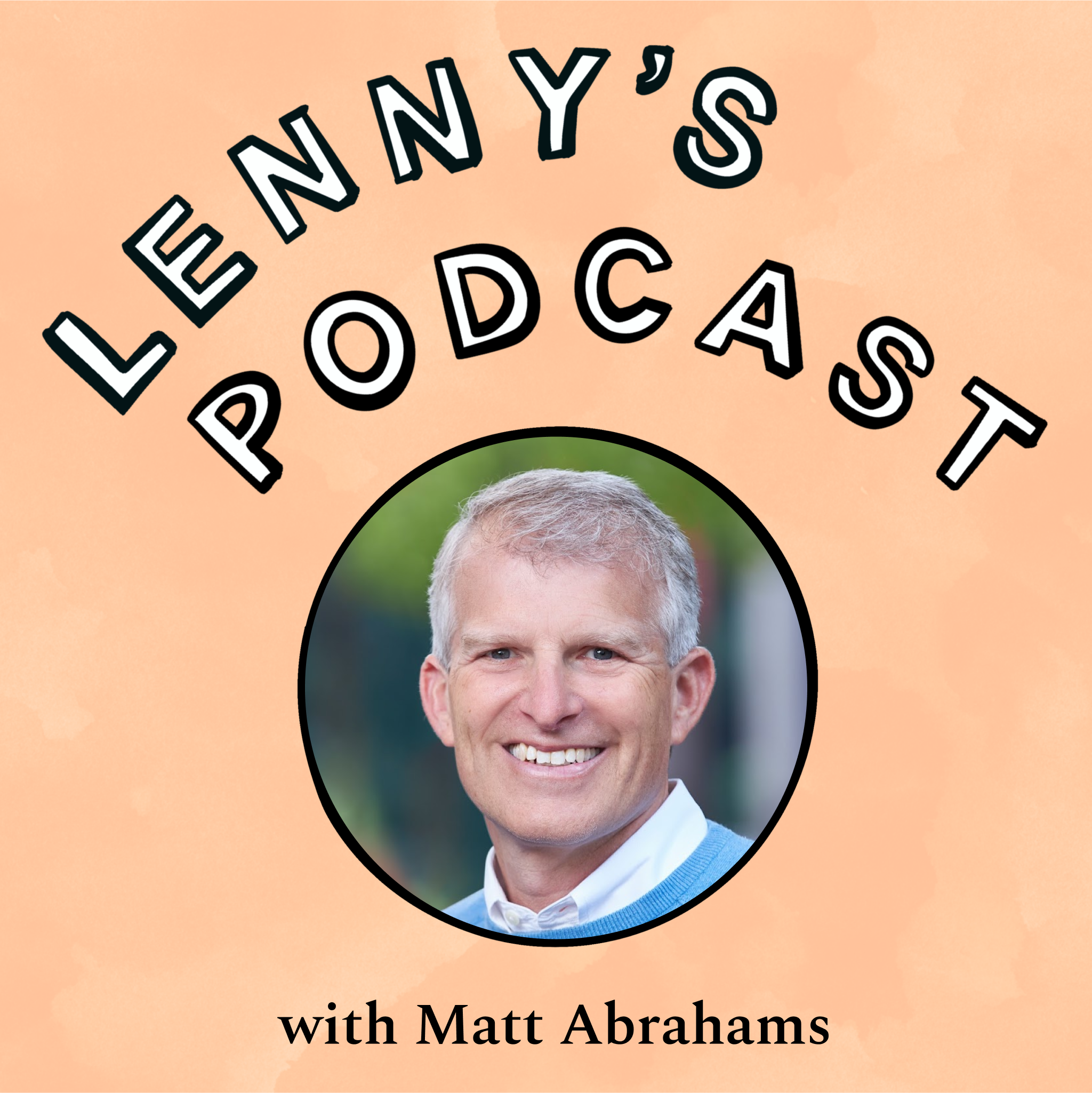
Key Takeaways
- Visualization is a powerful technique to reduce public speaking anxiety. Visualize yourself succeeding in the speaking situation ahead of time.
- "Dare to be dull" - Don't put pressure on yourself to be perfect or brilliant when speaking spontaneously. Just focus on communicating clearly.
- Reframe anxiety as excitement. The physiological response is the same, but labeling it as positive "excitement" rather than negative "anxiety" can improve performance.
- Use mantras and positive self-talk to boost confidence before speaking, like "I have value to add" or "Last time this went well."
- Breathing techniques like the "double exhale" can quickly reduce anxiety in the moment.
- Use concrete structures for impromptu speaking situations, like:
- PREP: Point, Reason, Example, Point
- What? So What? Now What?
- Problem, Solution, Benefit
- For small talk, focus on being interested rather than interesting. Ask questions and show genuine curiosity.
- Use the WHAT structure for toasts: Why we are here, How you are connected, Anecdote, Thanks
- Use the ADD structure for Q&As: Answer, Detailed example, Describe relevance
- Apologize effectively using AAA: Acknowledge, Appreciate, Amends
Introduction
In this episode, Lenny interviews Matt Abrahams, a renowned communication expert and lecturer at Stanford University's Graduate School of Business. Matt is the host of the popular podcast "Think Fast, Talk Smart" and author of the book "Think Faster, Talk Smarter". The conversation focuses on two key areas:
- Techniques to manage anxiety when public speaking
- Methods to improve spontaneous or "on the spot" speaking skills
Matt shares a wealth of practical advice, frameworks, and techniques to help people become more confident and effective communicators in various professional and personal situations.
Topics Discussed
Managing Public Speaking Anxiety (0:00)
Matt discusses several evidence-based techniques to reduce anxiety before and during public speaking:
- Visualization: Mentally rehearse the speaking situation, seeing yourself succeed. This desensitizes you to the anxiety-provoking elements.
- "Dare to be dull": Remove the pressure to be brilliant or perfect. Focus on simply communicating clearly and connecting with the audience.
- Reframe anxiety as excitement: The physiological response is the same, but labeling it positively as "excitement" can improve performance.
- Use mantras: Repeat positive phrases to yourself like "I have value to add" or "Last time this went well" to boost confidence.
- Breathing techniques: Use methods like the "double exhale" (long exhale after inhaling) to quickly calm nerves.
Matt emphasizes that speaking anxiety is extremely common, even among experienced speakers. Normalizing and discussing this anxiety can itself be helpful in managing it.
Improving Spontaneous Speaking Skills (33:34)
Matt shares advice for getting better at impromptu or "on the spot" speaking situations:
- Prepare to be spontaneous: Just like athletes or musicians, speakers can practice and prepare for spontaneous moments.
- Use structures: Having go-to frameworks helps organize thoughts quickly. Some examples:
- PREP: Point, Reason, Example, Point
- What? So What? Now What?
- Problem, Solution, Benefit
- Practice: Use resources like Toastmasters or improv classes to get real-world practice.
- Analyze others: Pay attention to effective speakers and try to identify the structures they use.
Matt emphasizes that improving speaking skills takes deliberate practice, but everyone can get better with effort.
Mastering Small Talk (45:31)
Matt offers advice for improving small talk skills:
- Be interested, not interesting: Focus on asking questions and showing genuine curiosity about others.
- Balance disclosure: Share information about yourself at a similar level of depth as your conversation partner.
- Use supporting responses: Ask follow-up questions to encourage the other person to elaborate, rather than constantly shifting the topic.
Matt notes that small talk is an important skill that can lead to building meaningful relationships and should not be undervalued.
Giving Effective Feedback (52:33)
Matt shares structures for providing feedback:
- What? So What? Now What?:
- What happened?
- Why is it important?
- What should be done next?
- The Four I's:
- Information: Set the context
- Impact: How it affected you
- Invitation: Ask for their perspective
- Implications: Discuss consequences or next steps
Matt emphasizes framing feedback as collaborative problem-solving rather than one-sided criticism.
Improving Toasts and Tributes (56:31)
Matt introduces the WHAT structure for giving toasts:
- Why we are here
- How you are connected
- Anecdote
- Thanks/gratitude
He advises keeping toasts brief and using emotion effectively through storytelling rather than explicitly stating feelings.
Mastering Q&A Sessions (1:02:57)
Matt shares the ADD structure for answering questions:
- Answer the question directly
- Detailed example to illustrate
- Describe the relevance
He also advises against overusing phrases like "good question" or "does that make sense?" which can come across as insincere or lacking confidence.
Apologizing Effectively (1:07:25)
Matt introduces the AAA framework for apologies:
- Acknowledge the specific behavior or offense
- Appreciate the impact on the other person
- Amends - concrete steps to make it right
He emphasizes apologizing for the actual transgression, not just for how it made the other person feel.
Conclusion
Matt Abrahams provides a wealth of practical advice and frameworks to improve both planned and spontaneous communication skills. He emphasizes that everyone can get better at public speaking and interpersonal communication with deliberate practice and the right techniques. Key takeaways include:
- Managing anxiety through visualization, reframing, and breathing techniques
- Using structures to organize thoughts quickly in impromptu situations
- Focusing on genuine interest and balanced disclosure in small talk
- Employing specific frameworks for feedback, toasts, Q&As, and apologies
Matt encourages listeners to take initiative in improving their communication skills, reminding them that it's a gradual process that requires practice but can yield significant personal and professional benefits. He invites listeners to connect with him on LinkedIn and check out his podcast "Think Fast, Talk Smart" for more communication insights and advice.

